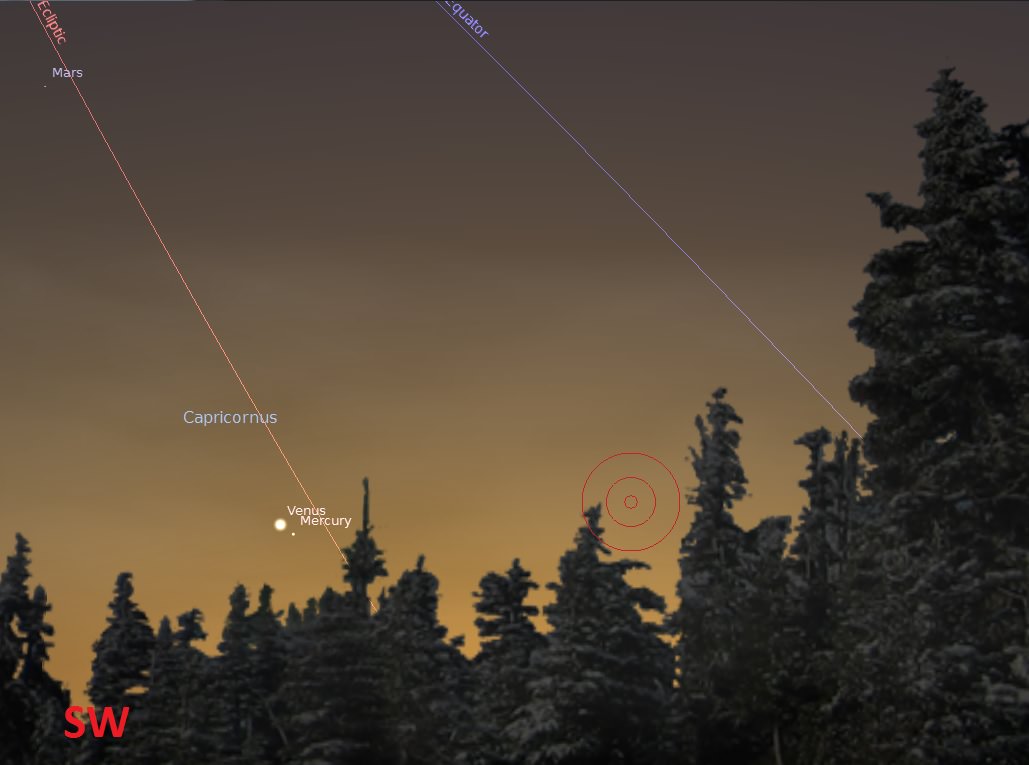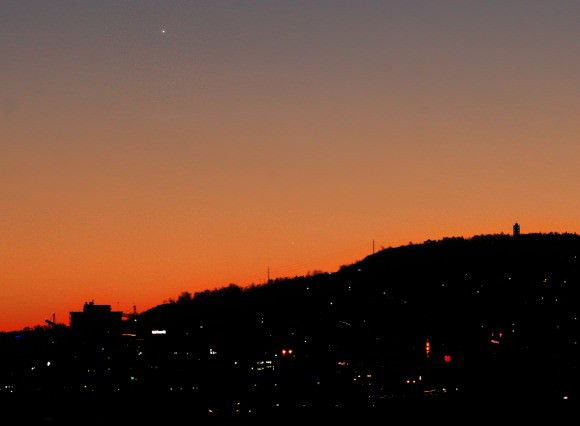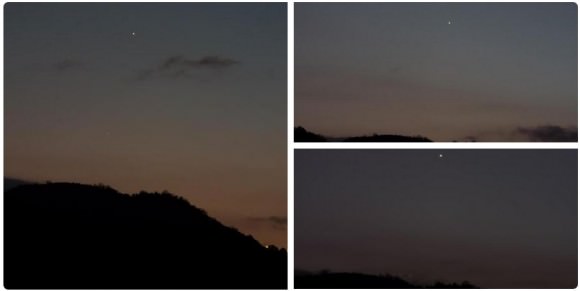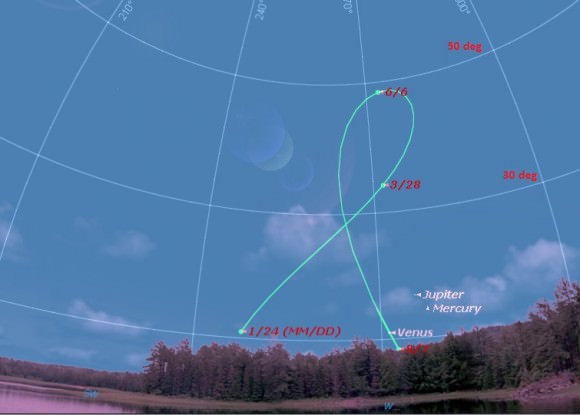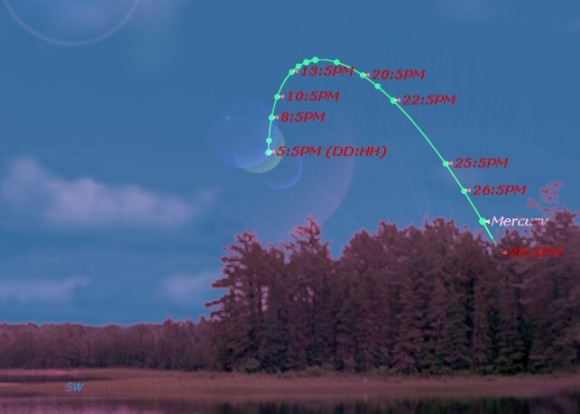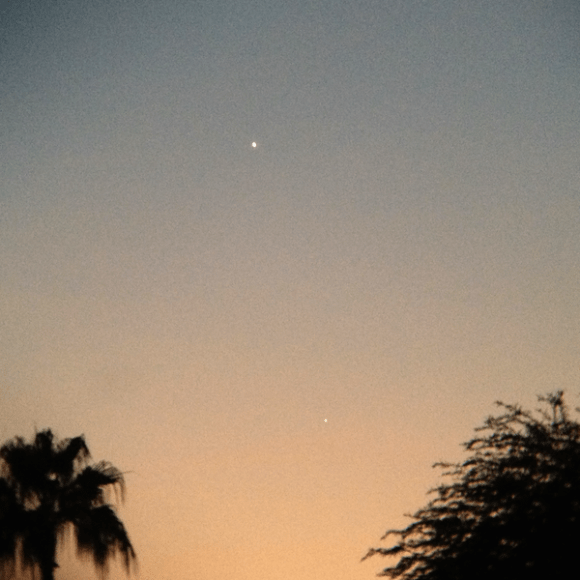A recent celestial event provided a fascinating look at a long-standing astronomical mystery.
Is the ‘ashen light of Venus’ a real phenomena or an illusion?
On October 8th, the waning crescent Moon occulted (passed in front of) the bright planet Venus for observers in the southern hemisphere. And while such occurrences aren’t at all rare—the Moon occults Venus 3 times in 2015, and 25 times in this decade alone worldwide—the particulars were exceptional for observers in Australia, with a -4.5 magnitude, 40% illuminated Venus 30” in size emerging under dark skies 45 degrees west of the Sun from behind the dark limb of the Moon.
David and Joan Dunham rose to the challenge, and caught an amazing sequence featuring a brilliant Venus reappearing from behind the Moon as seen from the Australian Outback. When I first watched the video posted on You Tube by International Occultation Timing Association (IOTA) North American coordinator Brad Timerson, I was a bit perplexed, until I realized we were actually seeing the dark nighttime side of a waning Moon, with the bright crescent just out of view. Venus fully emerges in just under a minute after first appearing, and its -4th magnitude visage shines like a spotlight when revealed in its full glory.
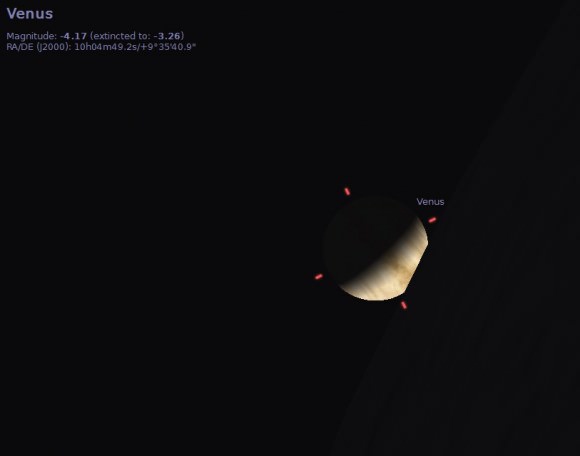
“Joan and I observed the reappearance of Venus from behind the dark side of the 15% sunlit waning crescent Moon, from a dark and wide parking area on the east side of the Stuart Highway that afforded a low (1-2 degree) horizon to the east,” Dunham said. “Since the past observations of ashen light were visual, I decided that it would be best to use the 25mm eyepiece with the 8-inch visually rather than just make a redundant video. Neither the real-time visual observation, nor close visual inspection of the video recording, showed any sign of the dark side of Venus.”
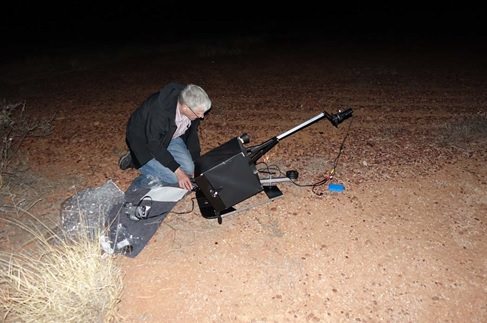
We’ve written about the strange puzzle of ashen light on the nighttime side of Venus previously.
Reports by visual observers of ashen light on the dark limb of Venus over the centuries remain a mystery. On the crescent Moon, it’s easy to explain, as the Earth illuminates the nighttime side of our natural satellite; no such nearby illumination source exists in the case of Venus. Ashen light on Venus is either an illusion—a trick of the dazzling brilliance of a crescent Venus fooling the eye of the observer—or a real, and not as yet fully described phenomenon. Over the years, suggestions have included: lightning, airglow, volcanism, and aurora. A good prime candidate in the form of an ‘auroral nightglow” was proposed by New Mexico State University researchers in 2014. 19th century astronomers even proposed we might be seeing the lights of Venusian cities, or perhaps forest fires!
Could we ever separate the bright crescent of Venus from its nighttime side? A lunar occultation, such as the October 8th event provides just such a fleeting opportunity. Though it’s hard to discern in the video, Dunham also watched the event visually through the telescope, and noted that, in his words, “the dark side of Venus remains dark,” with no brief appearance prior to sighting the crescent shining through the lunar valleys.
A tentative light curve made by Mr. Timerson seems to support this assertion, as the appearance of Venus quickly over-saturates the view:
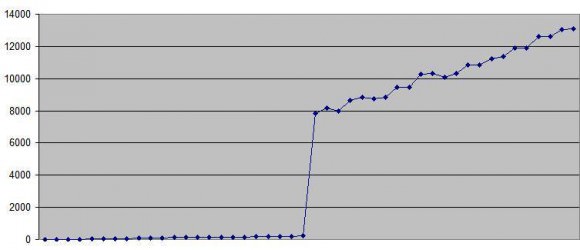
Of course, this is far from conclusive, but seems to support the idea that the ashen light of Venus noted by ground observers is largely an optical illusion. Not all occultations of Venus by the Moon are created equal, and the best ones to test this method occur when Venus is less than half illuminated and greater than 40 degrees from the Sun against a relatively dark sky. Compounding problems, the ‘dark’ limb of the Moon has a brightness of its own, thanks to Earthshine. Dunham notes that observers in southern Alaska may have another shot at seeing this same phenomenon on December 7th, when the 13% illuminated crescent Moon occults a -4.2 magnitude 69% illuminated Venus, 42 degrees west of the Sun… the rest of North and South America will see this occultation in the daytime, still an interesting catch.
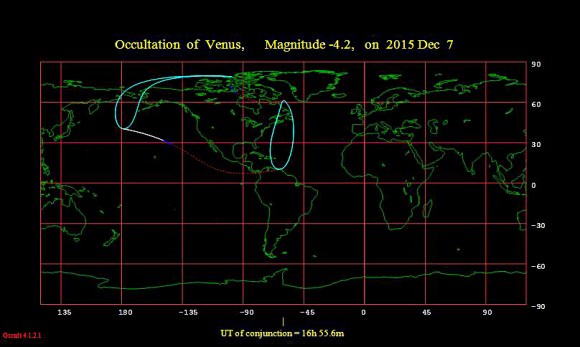
Looking at future occultations, there’s an intriguing possibility to hunt for the ashen light on the evening of October 10th, 2029, when then Moon occults a 57% illuminated Venus against dark skies for observers along the U.S. West Coast. Incidentally, a dawn occultation provides a better circumstance than a dusk one, as Venus always reemerges from the Moon’s dark limb when it’s waning. It enters the same when waxing, perhaps allowing for observer bias.
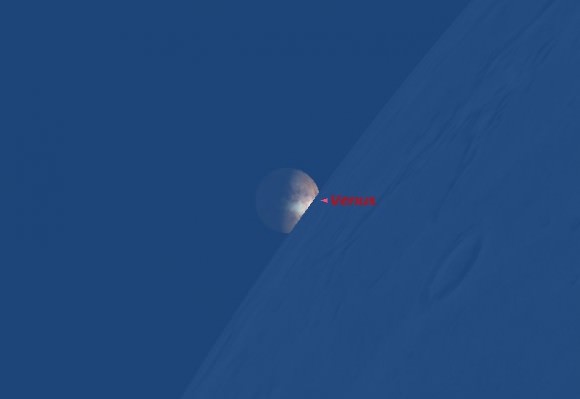
Can’t wait for December? The Moon also occults the bright star Aldebaran on October 29th for Europe and North America on November 26th near Full phase… the good folks at the Virtual Telescope will carry the October event live.
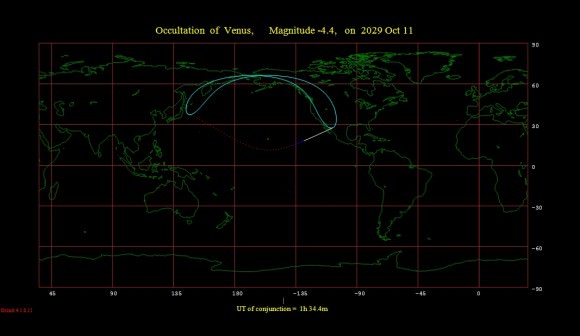
For now, the ashen light of Venus remains an intriguing mystery. Perhaps, an airborne observation could extend the appearance of Venus during an occultation, or maybe the recently announced Discovery-class mission to Venus could observe the night side of the planet for an Earthly glow… if nothing else, it’s simply amazing to watch the two brightest objects in the nighttime sky come together.


